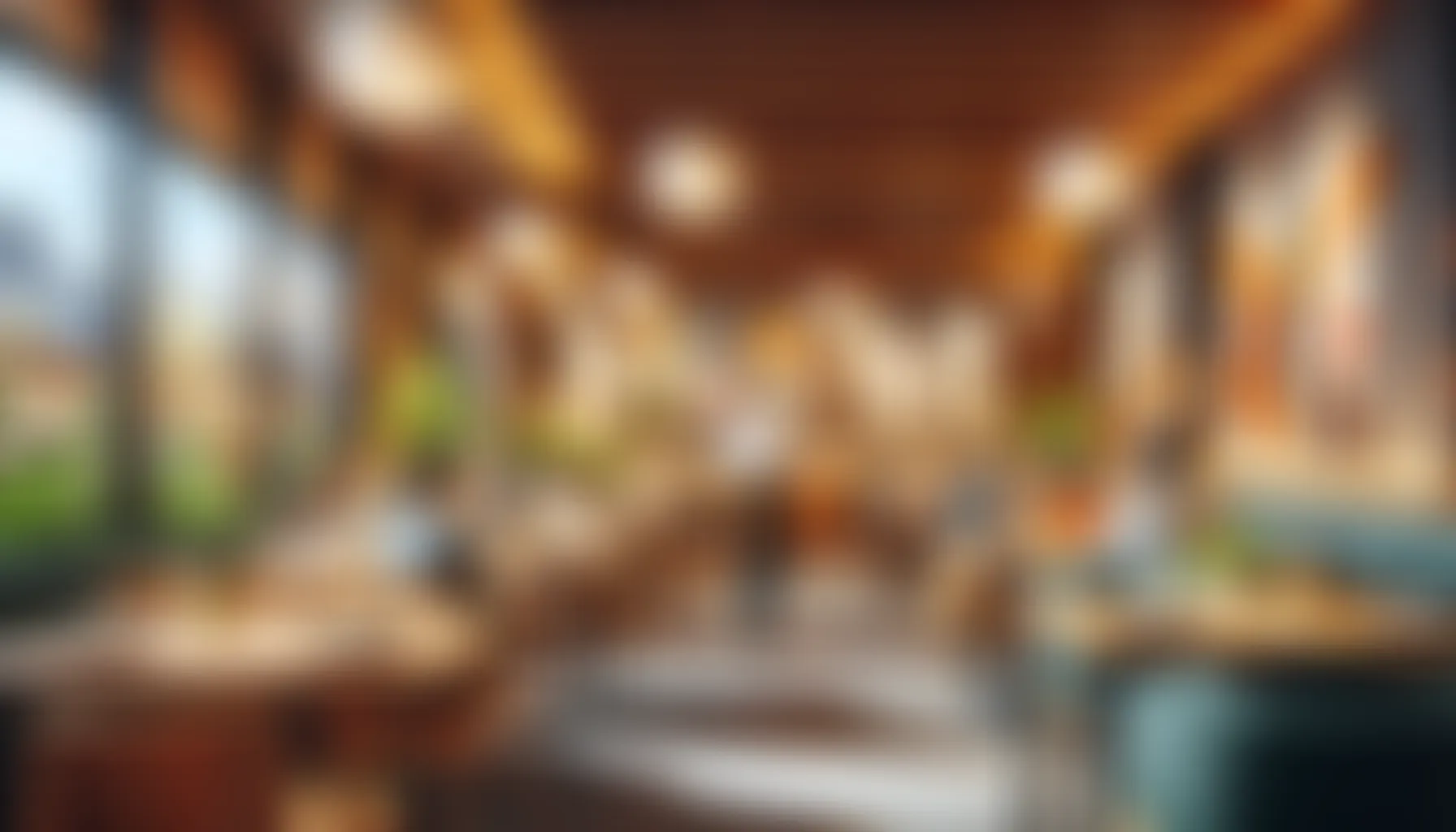
Wine Pairing
A curated selection of wines chosen to complement the dishes in the Menu ML. The wine pairing option enhances the overall dining experience.
Nutrition Facts
* The % Daily Value (DV) tells you how much a nutrient in a serving of food contributes to a daily diet. 2,000 calories a day is used for general nutrition advice.
Wine pairing is an art form that has evolved over centuries, driven by the desire to enhance the dining experience. Historically, regional cuisines and wines naturally developed alongside each other, creating inherent pairings based on available ingredients and winemaking styles. As global trade increased, the principles of pairing became more sophisticated, considering factors like acidity, tannin, sweetness, and flavor intensity.
Wine pairing is deeply intertwined with culinary culture, representing a refined approach to enjoying food and wine together. It's not just about matching flavors; it's about creating a holistic sensory experience that enhances the overall dining experience, often within a social context. The culture surrounding pairing varies drastically based on the specific national cuisines on Menu ML.
Sommeliers and Wine Lists
The presence of sommeliers and detailed wine lists in restaurants signifies the importance of wine pairing in fine dining. Sommeliers are trained professionals who can guide diners in selecting the perfect wine to complement their meal. Wine lists are carefully curated to offer a range of options that complement the restaurant's menu.
Regional Traditions
Many regions have long-standing traditions of pairing specific wines with local dishes. For example, in Italy, Chianti is often paired with Tuscan cuisine, while in Spain, Sherry is a traditional accompaniment to tapas. These pairings are rooted in the history and culture of the region.
Wine and Food Festivals
Wine and food festivals are popular events that celebrate the art of pairing. These festivals often feature tastings of local wines and dishes, as well as demonstrations and workshops on wine pairing techniques.
The flavors of a wine pairing are entirely dependent on the specific wines and dishes in Menu ML. The goal is to create synergy, where the wine complements and elevates the flavors of the food, and vice versa. This can involve contrasting flavors to create balance, or mirroring flavors to enhance specific notes.
A well-executed wine pairing considers the following flavor profiles: Acidity (in both wine and food), Sweetness (in both wine and food), Bitterness (often found in tannins of red wine and bitter greens), Saltiness (in food, impacting perception of acidity), Umami (savory notes, often found in meats and mushrooms), Fat (in food, which can be cut by acidity or complemented by richness in the wine), and Spice (in food, which can be amplified or softened by the wine). The specific ingredients of the menu items in ML will dramatically impact these factors.
Match Intensity
Pair light-bodied wines with delicate dishes and full-bodied wines with richer dishes. A delicate white wine will be overwhelmed by a heavy steak, while a bold red wine might overpower a light salad.
Consider Acidity
Acidic wines pair well with fatty foods, as the acidity cuts through the richness and cleanses the palate. Think Sauvignon Blanc with goat cheese or Riesling with duck.
Tannins and Protein
Tannic red wines pair well with protein-rich foods, such as steak or lamb. The tannins bind to the proteins, softening the wine and creating a more harmonious experience.
Sweet with Spicy
Off-dry or sweet wines can balance the heat of spicy dishes. The sweetness helps to cool the palate and prevent the spice from overwhelming the taste buds. An example is pairing Gewürztraminer with Thai curry.
Mirror Flavors
Sometimes, mirroring flavors can enhance the overall experience. For example, pairing an earthy Pinot Noir with mushroom-based dishes can create a synergistic effect.
Explore additional Fine Dining dishes and restaurants
Explore Fine DiningDiscover top dining spots and culinary experiences in Haarlem.
Explore HaarlemLearn more about the food culture, restaurant scene, and culinary heritage of Netherlands.
Explore Netherlands